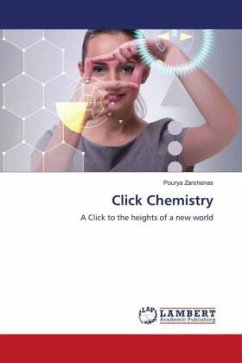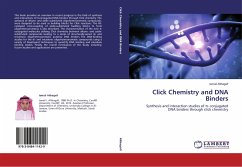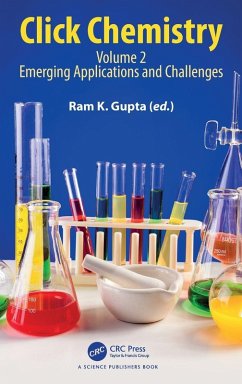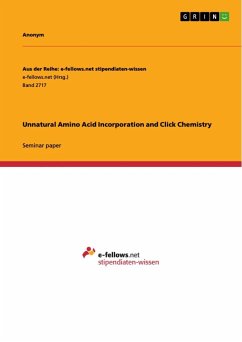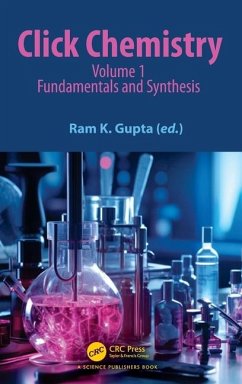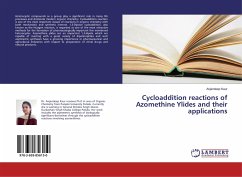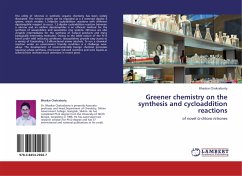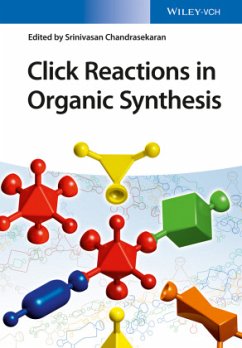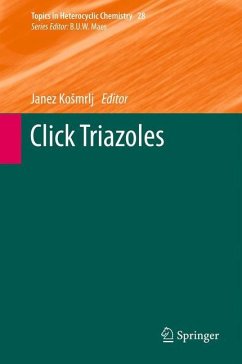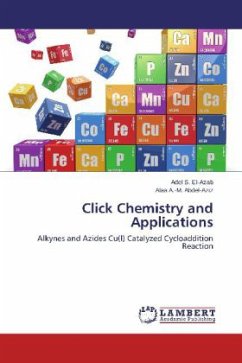
Click Chemistry and Applications
Alkynes and Azides Cu(I) Catalyzed Cycloaddition Reaction
Versandkostenfrei!
Versandfertig in 6-10 Tagen
37,99 €
inkl. MwSt.

PAYBACK Punkte
19 °P sammeln!
Click Chemistry CC are Cu(I) catalyzed 1,3-dipolar [3+2] cycloaddition between azides and alkynes [CuAAC]. The versatility of CuAAC or click reaction seem endless with the discovery and invention of new chemical transformations which meet click status, the future looks bright for CC. Recently, Click chemistry has received considerable attention as powerful modular synthesis approach, which has found numerous applications in many areas of modern organic chemistry, drug discovery, radiopharmaceutical sciences and material science. The great success of CC encouraged researchers to develop alterna...
Click Chemistry CC are Cu(I) catalyzed 1,3-dipolar [3+2] cycloaddition between azides and alkynes [CuAAC]. The versatility of CuAAC or click reaction seem endless with the discovery and invention of new chemical transformations which meet click status, the future looks bright for CC. Recently, Click chemistry has received considerable attention as powerful modular synthesis approach, which has found numerous applications in many areas of modern organic chemistry, drug discovery, radiopharmaceutical sciences and material science. The great success of CC encouraged researchers to develop alternative spring-loaded chemical reactions for use in different fields of chemistry. Initially, CuAAC was the only click reaction. In recent years, metal-free [3+2] cycloaddition reactions, Diels Alder reactions, and thiol-alkene radical addition reactions have come to the fore as click reactions because of their simple synthetic procedures and high yields. Also, these metal-free reactions have wide applicability and are physiologically compatible. Alternative CC expand the opportunities for synthesizing small organic compounds well as tailor-made macromolecules and bioconjugates.



